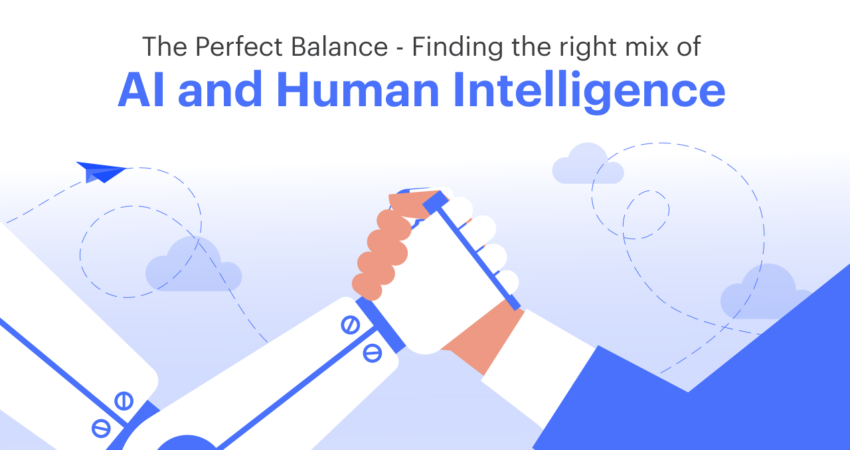1. Introduction
As technology continues to reshape industries around the world, the manufacturing sector is facing a new challenge: how to strike the perfect balance between automation and the human workforce in the digital era. With skilled labor supply, manpower recruitment, and temporary staffing services playing a critical role in the industry, companies must navigate this complex landscape with precision. In this blog, we will explore the intricate dance between automation and human workers, and how industrial workforce solutions, contract labor services, and flexible staffing solutions can help companies thrive in this evolving environment. Whether you’re in need of labor hire agency expertise or looking to outsource specific skilled trades recruitment, our insights will guide you towards finding the perfect workforce solutions in the digital age.
2. The role of automation in the digital era
Automation is revolutionizing industries, enhancing efficiency, and streamlining processes in the digital age. From robotic process automation to artificial intelligence, businesses are leveraging these technologies to boost productivity and reduce human error. While automation offers unparalleled advantages, it also raises concerns about the displacement of the human workforce. Understanding how to integrate automation seamlessly with human workers is crucial for sustainable growth. In the next section, we will delve into the impact of automation on the manufacturing sector and explore strategies for harmonizing automated systems with a skilled human workforce. Stay tuned for expert insights on achieving the perfect balance in the era of digital transformation.
3. The importance of a human workforce in the age of technology
In the age of technology, the human workforce remains an indispensable asset despite the rise of automation. While automated systems excel in repetitive tasks and data-driven processes, human employees offer creativity, critical thinking, and emotional intelligence that are essential for innovation and decision-making. As businesses navigate the complexities of digital transformation, it is crucial to recognize the unique strengths that humans bring to the table. Companies that effectively blend automation with human expertise can create a competitive advantage in the marketplace. In the following section, we will explore how organizations can empower their workforce to thrive alongside automation, fostering a harmonious and productive work environment. Stay tuned for actionable strategies to harness the power of human potential in the digital era.
4. Finding the balance: integrating automation and human workers
To strike the perfect balance in this digital era, organizations must find the equilibrium between automation and the human workforce. One effective strategy is to leverage automation for repetitive tasks, freeing up human employees to focus on value-added activities that require creativity and critical thinking. By integrating automation with human expertise, businesses can enhance efficiency and innovation simultaneously. In the upcoming section, we will delve into practical approaches for seamlessly integrating automation with the human workforce, ensuring a harmonious and productive work environment. Stay tuned for expert insights on optimizing the collaboration between technology and human potential in today’s evolving business landscape.
5. Training and upskilling employees for the digital age
Training and upskilling employees for the digital age is paramount in optimizing the collaboration between technology and the human workforce. By providing relevant training programs and resources, organizations can empower their employees to adapt to automation seamlessly. Investing in continuous learning not only enhances employees’ skills but also fosters a culture of innovation and adaptability. Moreover, training employees to use automation tools effectively can maximize their productivity and efficiency. In the following section, we will explore the importance of continuous learning initiatives and upskilling strategies to ensure that your workforce remains competitive in today’s rapidly evolving digital landscape. Stay tuned for valuable insights on cultivating a skilled and future-ready workforce.
6. The benefits of a harmonious relationship between automation and human workforce
6. The benefits of a harmonious relationship between automation and the human workforce
A seamless integration of automation and the human workforce can yield significant benefits for organizations. By leveraging automation for repetitive tasks, employees have more time to focus on strategic initiatives, problem-solving, and creativity. This collaboration fosters increased productivity, efficiency, and innovation within the workplace. Furthermore, automation can handle mundane tasks with precision, reducing errors and streamlining processes. Effective communication and clear delineation of roles between automation and human workers are key to optimizing this relationship. In the subsequent section, we will delve deeper into real-life examples showcasing the transformative impact of a well-balanced collaboration between automation and the human workforce. Stay tuned for inspiring case studies and practical insights on achieving synergy in the digital era.
7. Conclusion: Embracing the future of work with a balanced approach
As organizations strive to stay competitive in the digital era, the integration of automation and human workforce is paramount. By harnessing the strengths of both, businesses can achieve unparalleled efficiency and innovation. Embracing this dual approach not only streamlines operations but also empowers employees to focus on high-value tasks that require creativity and critical thinking. As we move forward, it is crucial for leaders to nurture a culture that values collaboration between automation and human workers. By doing so, companies can not only adapt to the changing landscape of work but also thrive in it. Let’s embrace the future of work with an open mind and a balanced approach, reaping the benefits of a harmonious relationship between technology and human creativity.
